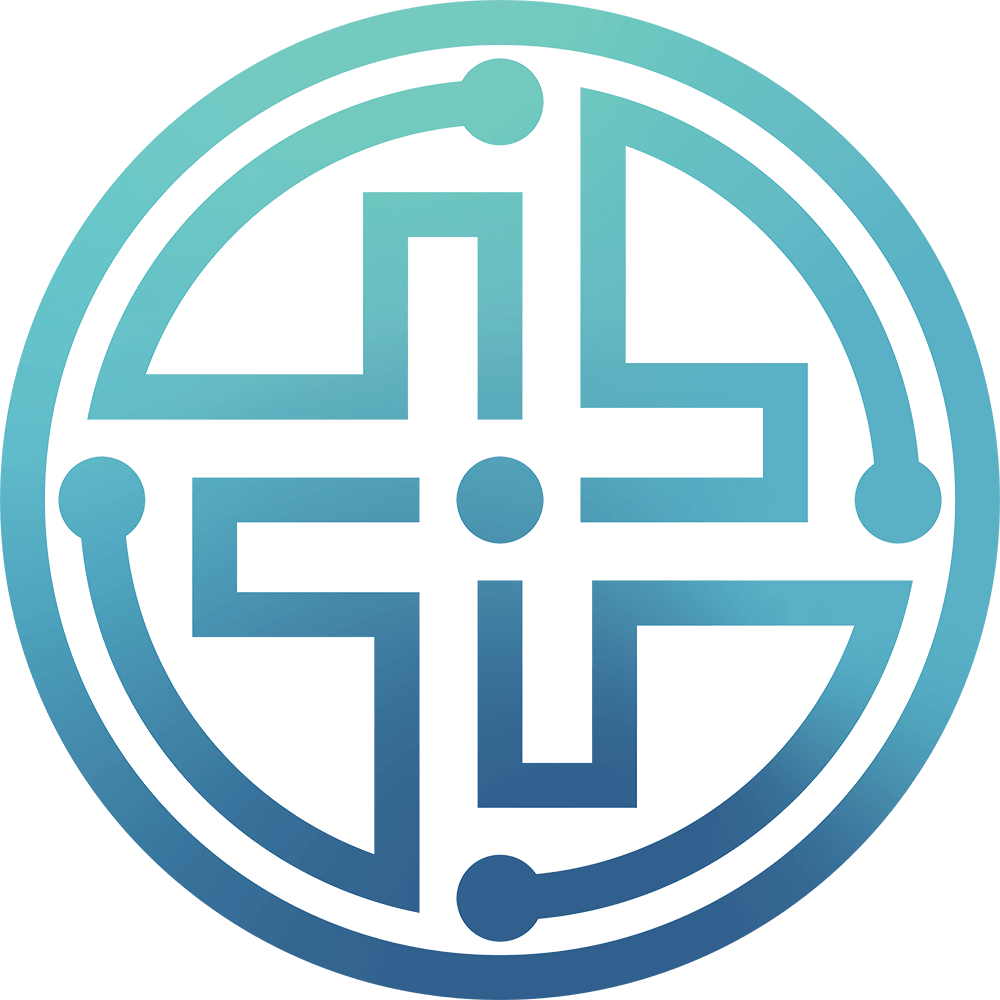Ketamine, a dissociative anesthetic, is widely utilized in both human and veterinary anesthesia. Its (S)-enantiomer, esketamine, is similarly employed ed for anesthesia and analgesia. The anesthetic effects of both ketamine and esketamine arise from their antagonism of the N-methyl-D-aspartate receptor (NMDAR). In field of psychiatry, the rapid-acting antidepressant properties of ketamine for severe depression have generated significant interest, resulting in its increased off-label usage in the United State (US). In 2019, esketamine nasal spray received approval for use in both the US and Europe. However, concerns have emerged regarding potential adverse effects, including long-term efficacy, addiction risks, and the potential for increased suicide risk in clinical settings. In contrast, arketamine, the (R)-enantiomer of ketamine, exhibits superior and longer-lasting antidepressant effects in rodent models of depression, with fewer side effects compared to esketamine. Nevertheless, research on the efficacy and safety of arketamine in patients with depression remains limited. This article provides a concise exploration of the historical use of ketamine and its two enantiomers in anesthesia and psychiatry, while also delving into potential future directions for their application in these fields.
